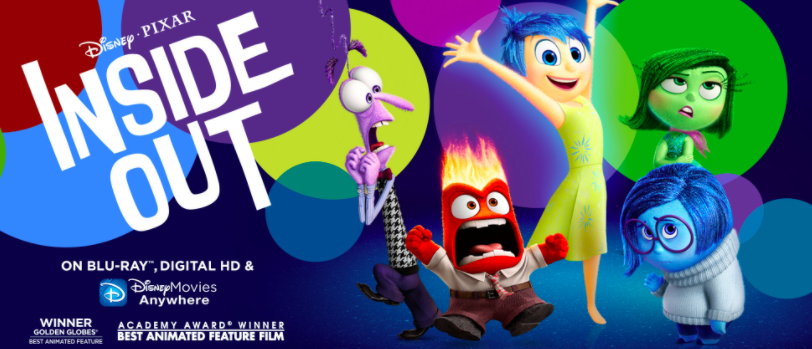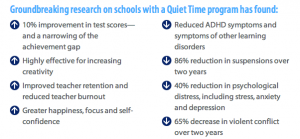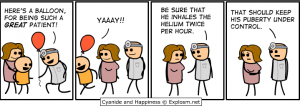Last week, I had the pleasure of attending the Summer Institute for Educators at the Greater Good Science Center at UC Berkeley, where we attended presentations from a variety of experts in the field of mindfulness and Social/Emotional Learning—often referred to as SEL. On the last night, we had the privilege of going to the Pixar campus for a screening of Inside Out.
For those who haven’t seen it yet, it’s a beautifully done look inside the mind of an 11-year-old girl. The amount of work that went into the film, which took five years to complete, is astounding, and you can see how much effort the Pixar team put into making sure their research was accurate, as well.
While watching the movie, I couldn’t help but think what a wonderful teaching tool this will be for students on the brink of adolescence. During a Q&A with one of the directors, I asked if there were any plans to release a guidebook for educators to go along with the film. He said not yet, but that the film has definitely been bringing up meaningful discussions between kids and their families.
While I plan on showing this to my 6th graders as soon as it’s available on DVD, many of the kids will come back from summer break already having seen it.
Here are five discussion questions about the film that I plan on incorporating into our lessons on emotional health. If students haven’t seen it yet, they’ll still be able to participate after a quick explanation.
1. The director said he was inspired to make this film when his daughter started going through adolescence and seemed to become a completely different person. Has your relationship with your parents shifted at all as you’ve been growing up? If so, what are some of the ways that it has changed, and why do you think that is?
2. Riley’s five main emotions—Joy, Sadness, Anger, Fear, and Disgust—all had different times when they were in control. What are some times in your life when you think each of those emotions is “steering your ship”?
3. In the movie, Joy was trying to protect Riley’s core memories, because they helped shape her personality. What are some of your core memories? Were they guided by one emotion, or a mixture of different ones?
4. Joy realizes that Sadness is important because it makes us want to reach out to others. This is, according to the director, why sadness is driving the mother’s brain – because mothers often have high levels of empathy. What is empathy, and when in your life have you experienced it?
5. Riley had five “personality islands” that made her who she was. What do you think your “personality islands” would be? Have you lost any islands and gotten new ones as you’ve started going through adolescence?
If you haven’t had a chance to see Inside Out yet, make sure you get to a theater right away… just don’t forget your Kleenex!





